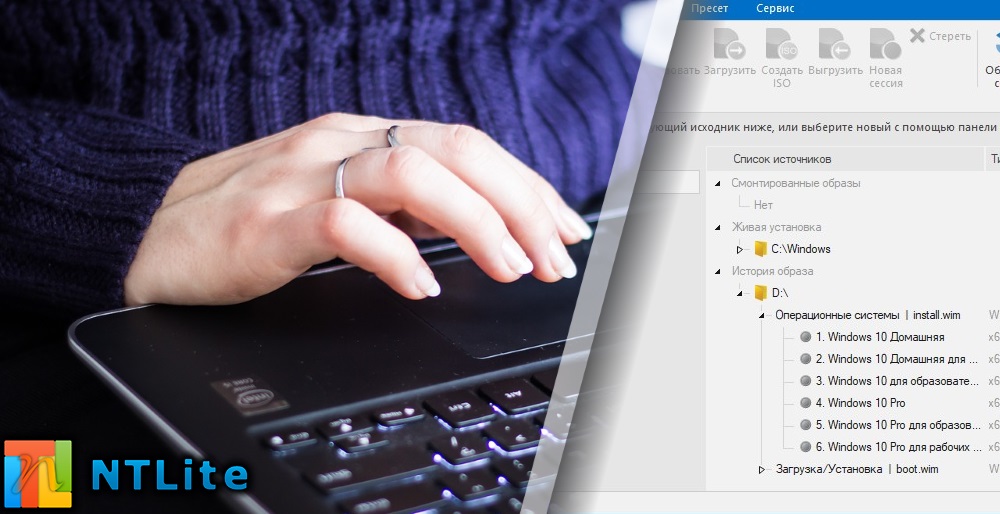
- #Ntlite auto format hdd how to#
- #Ntlite auto format hdd install#
- #Ntlite auto format hdd driver#
- #Ntlite auto format hdd full#
Since you are never going to uninstall and re-install sp2, it's not neededĬ:\windows\ *.log 31 files (1.6Mb), *.tmp 4 files (2.1 Mb), *.txt 4 files (0.3 Mb) At least 13 of the. CatRoot relates to the base system install, however CatRoot2 appears to be used only during Service Pack 2 install. Consisting of 3 subfolders, \templates, 5 Files (719,214 bytes), \logs, 3 File (105,842 bytes), \Database, 1 file (3,153,920 bytes) for a total of 9 files, 3,978,976 bytes Templates for changing Security settings and log files of changesĬ:\WINDOWS\WinSxS\Manifests\*.cat (12 files, 88,203 bytes) Ĭ:\WINDOWS\system32\CatRoot2\*.*, 13 Files (2,378,533 bytes), & both sub-folders 2 Files, (3,153,928 bytes), total 6.5Mb.
#Ntlite auto format hdd install#
Registry back-up (copy of the Registry at time of install or last MS Back-up)Ĭ:\WINDOWS\security\ complete.
#Ntlite auto format hdd driver#
cat files ?Ĭ:\WINDOWS\Driver Cache\i386\*.*, 2 files (5,088,098 bytes) The 2 files, sp2.cab & driver.cab are included so you don't have to supply the Windows Install CD when 'rolling back' a driver (or installing 'new' Hardware)Ĭ:\WINDOWS\repair\*.*, 8 Files (4,067,838 bytes).
#Ntlite auto format hdd full#
files that can be deleted ?Ĭ:\dell\ (7 files, 242,720 bytes) = the whole folder can goĬ:\windows\system32\dllcache\*.*, 20 files (6,297,266 bytes) = the whole folder can go This folder should have been removed when Windows File Protection was disabled, however somehow nLite leaves it behind full of. Finally you remove the hard disk and go onto the next node. You then reduce the 512Mb partition to 256Mb and CLONE it across to the 256Mb device. You add a temp C: hard disk formatted to 512Mb FAT & install the 230Mb nLite onto the hard disk. Say you are using 256Mb DOM / CF / USB on your nodes. There is no point in reducing the install and Sysprep'ing it UNLESS you need to install direct onto other 256Mb partitions After install you can CLONE it down to a 256Mb partition The 230Mb nLite will INSTALL onto a 512Mb partition. Many (WebClient, ICS, Wireless Zero Config, Bluetooth & IR device support) are included simply because I specified Ethernet support and these files & services 'came along for the ride', some (IPSEC, NT LM) are included 'just in case' your computer is ever connected to a Corporate DOMAIN, whilst others (HID, Server, Windows Installer) seem to have been included as part of the 'basic functionality'. However this 'minimum' build still contains numerous tmp, log, cached (and some other duplicated) files plus 29 services, of which only 19 are normally running. Step 8: Once the process ends, the program will close and the converted ISO file can be found in the same directory as the ESD Toolkit.The minimum installed nLite system is approx 230Mb. Depending on your system resources, this process will take you 15-30 minutes. Step 7: After you select the file, ESD Toolkit will start the conversion process. Type the number that represents the target ESD file and press Enter. Step 6: Available ESD files will be listed in the command window, including the one that you open the program with. If you want to save the ISO file in another location, type “ Y” and set the location. Step 5: When the program asks whether you want to use a custom destination for your ISO, type “ N” and press Enter. Step 4: In the command window, type “ N” and hit Enter.


To do that, drag and drop the ESD file onto the “ ESDISO.bat” file to open it. Step 3: Open the ESD file with ESD Toolkit. Having the ESD image file in the same folder as the contents of ESD Toolkit is pretty helpful. Step 2: Copy the ESD image file to the folder of the ESD Toolkit. Step 1: Download ESD Toolkit from its official website and then extract it manually.
#Ntlite auto format hdd how to#
The following steps show you how to do that. Here, it can be used as an ESD to ISO converter to convert ESD file to ISO. Read More Convert ESD to ISO via ESD ToolkitĮSD Toolkit, a free and portable command-line tool, can automatically decrypt, extract, and convert files for you.


 0 kommentar(er)
0 kommentar(er)
